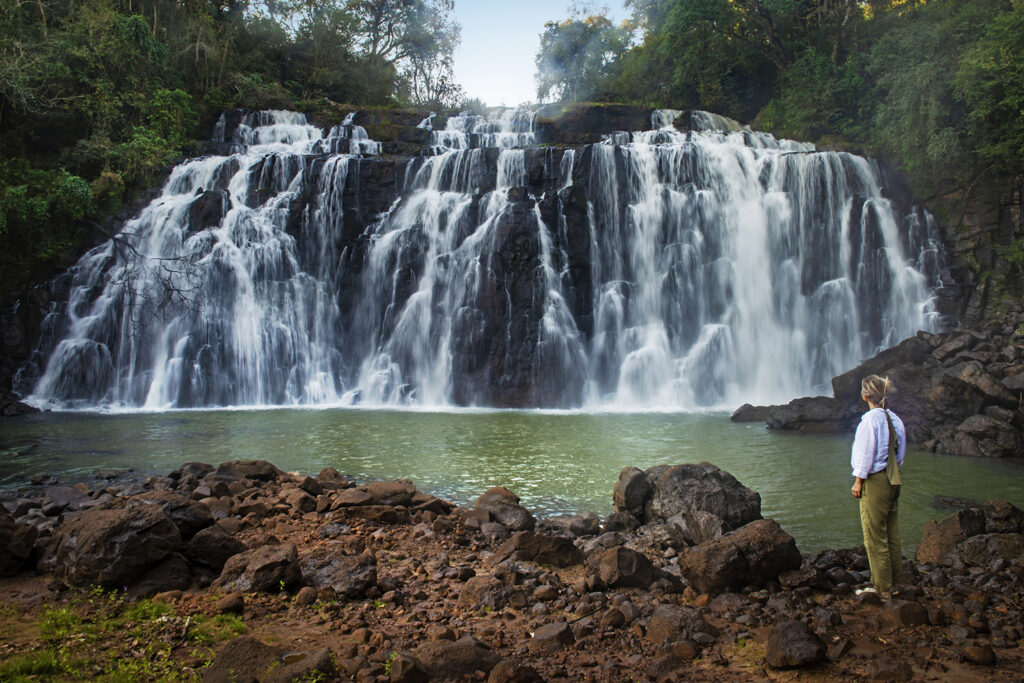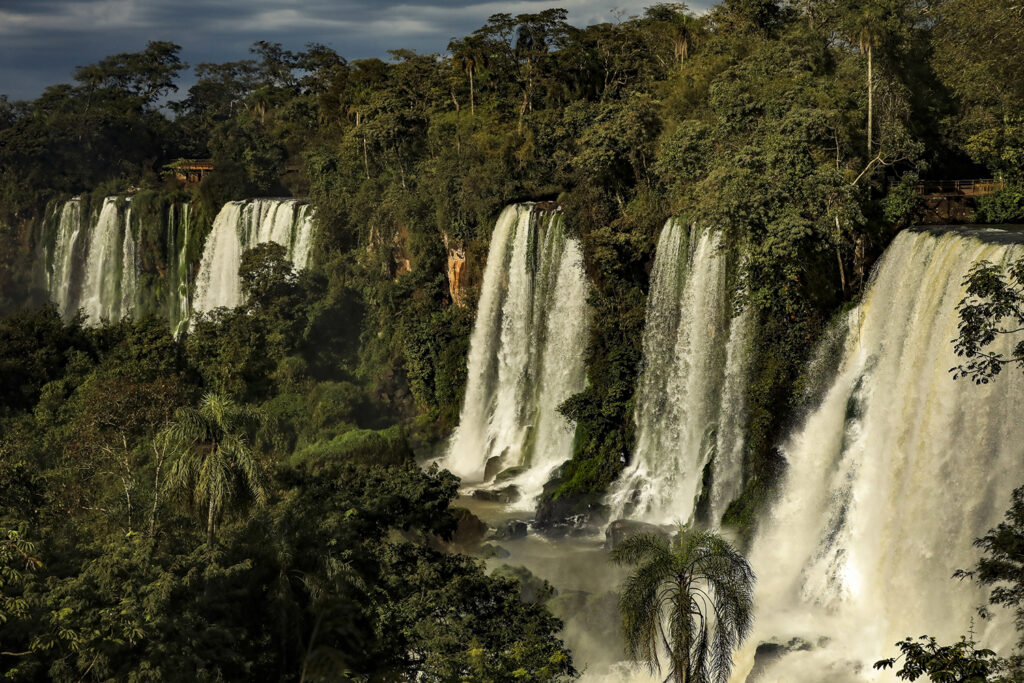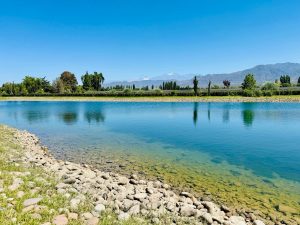Iguazu Falls: Unlike any other waterfall on Earth
Our Recommendations for your visit to Iguazu Falls
The glorious Iguazu falls lie on the Argentina-Brazil border, up north the province of Misiones. Declared a World Heritage Area by Unesco in 1934, these 275 waterfalls form one of earth’s most unforgettable sights. Excellent walking circuits on both the Argentine and Brazilian sides allow visitors to peek over the tops of raging sheets of water, some with sprays so intense that it seems as if geysers have erupted from below.
Getting There
Different airlines fly daily from Buenos Aires City to Puerto Iguazú (an average of 9 direct flights per day). The flight takes 90 minutes. The town of Puerto Iguazu serves as the main base from which to explore Iguazu National Park. On the Argentine side, the Grand Melia Iguazu Hotel is the only hotel inside the National Park, the rest of the hotels (wide range of hotels with a variety of services and amenities) are located in the small town of Puerto Iguazu, 18 km (11 miles) away from the national park. From Rio de Janeiro, it takes 2 hours to fly to the Brazilian town of Foz de Iguazu. On the Brazilian side, the 5-star Belmond Hotel Das Cataratas is the only hotel in Iguassu National Park on the Brazilian side.

How long to stay at Iguazu Falls?
Many people wonder whether they should spend one or two nights in Iguazu. In our experience, you need 1 full day for the Argentine side of the falls and a half day for the Brazilian side.
Two days on the Argentine side means that you can take as long as you want, without rushing anywhere.
If you have 3 full days in Iguazu, you should consider visiting the Jesuit ruins where the missions of San Ignacio, Santa Ana and Loreto were built and which serve as a spectacular insight into the history of our country.
Better safe than sorry
We strongly advise you not to visit Iguazu in one day, without staying overnight, because of possible flight delays that will ruin your plans. Flight delays are very frequent and there is a risk of not arriving in time to explore the National Park. If your flight is delayed and you arrive at Iguazu when the National Park is about to close, you will have the following day to visit the falls.
Argentine Side
Your first stop will likely be the visitor’s center, where you can get maps and information about the flora and fauna of the area. Next to the visitor’s center, you will find a restaurant, snack shops and souvenir stores. A natural gas train takes visitors to the path entrance for the Upper and Lower Circuits (1-mile path each; it takes 2 hours to walk each circuit) and to the footbridge leading to the Devil’s Throat (3 km; 1 ½ miles).
Garganta del Diablo (Devil’s Throat) is the mother of all waterfalls in Iguazu, visible from vantage points in both the Brazilian and Argentine park. The water is calm as it makes its way down the Iguazu River, and then begins to speed up as it approaches the gorge ahead. This is the highest waterfall in Iguazu and one of the world’s greatest natural spectacles. You might take a raincoat – you will get wet!!!!!







No comment yet, add your voice below!